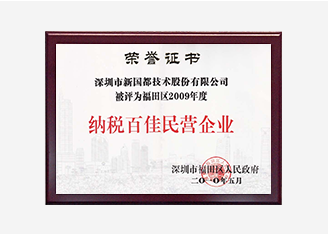Precancerous lesions of gastric cancer
Date:2021-06-07
Author:admin
Source:
1. Chronic atrophic gastritis
The parietal cells of the stomach shrink and the amount of acid secretion decreases. Patients often have hypochlorhydria or lack of gastric acid. The detection rate of nitrate reductase-positive bacteria in the stomach is 2 times higher than that of normal people, which promotes the production of nitrosamine compounds in the stomach. synthesis. The gastric antrum of animal rats was excised and fed with nitrosamine compounds. As a result, 80% of gastric cancers occurred. This fully shows that chronic atrophic gastritis, due to low gastric acid, is conducive to the growth of bacteria in the stomach and promotes the endogenous nitrosamine compounds in the stomach. Synthesized, thereby increasing the concentration of carcinogens in the stomach.
In addition, the gastric emptying time of patients with chronic atrophic gastritis is prolonged, which increases the contact time of gastric mucosa with carcinogens. The average emptying time of food in the stomach of a normal person is 46 minutes. 68 minutes for patients with chronic rhomboid gastritis. It is 115 minutes for patients with gastric cancer. It is sufficient to prove that the digestive function is closely related to the quality of the stomach.
2. Stomach polyps
The cancer rate of gastric polyps is reported to be 5%-20%. The cancer rate of multiple polyps is higher than that of single polyps. Adenomatous polyps are higher than hyperplastic polyps, which are 14%, 9%, and 59%, respectively. Polyps with a diameter of> 2cm and sessile are more prone to malignant transformation. It has been reported that the cancer rate is more than 80%. 9 of 11 cases have malignant transformation, and 3 cases are early gastric cancer. Therefore, early active resection or extended resection is required.
3. Stomach ulcer
Chronic gastric ulcers that do not heal for a long time can become cancerous, with a canceration rate of 1%-5%. Experiments have proved that in the process of repeated inflammatory stimulation and repair of the mucosal epithelium around the ulcer, the regenerated epithelium is susceptible to carcinogenic factors and becomes cancerous. According to research on the occurrence and development of early gastric cancer in Japan, gastric cancer is the most common site where gastric cancer changes from ulcer to the small curvature centered on the angle of the stomach where gastric ulcers are most common, with an average age of 50 years. For example, cancer occurs in the pyloric area of the stomach, mostly from intestinal metaplasia, with an average age of 60 years.
4. Remnant stomach after gastrectomy
In patients with benign gastroduodenal diseases, after undergoing a subtotal gastrectomy, due to the loss of the pyloric sphincter contraction function, the duodenal contents flow back into the stomach and cause alkaline reflux gastritis. The bile acid, defatted acid, lecithin and pancreatin in the reflux fluid dissolve the lipoprotein layer on the epithelial surface of the gastric mucosa, thereby reducing the barrier function of the gastric mucosa. At the same time, gastric acid secretion decreases after gastric antrum removal, which is also conducive to the growth and reproduction of nitrate reductase positive bacteria, promotes the synthesis of nitrosamine compounds in the remnant stomach, and makes the damaged gastric mucosal barrier more susceptible to carcinogens. , Which leads to the occurrence of gastric cancer. Its incidence is 5-10%.
The article is reproduced on the Internet, only for reading and browsing, without any commercial use, if there is any infringement, please contact to delete it!
Keyword:
